Practical 4
1/43
There's no tags or description
Looks like no tags are added yet.
Name | Mastery | Learn | Test | Matching | Spaced |
|---|
No study sessions yet.
44 Terms
Holocene
Modern Humans Present – 0.012 Ma
Pleistocene
Adaptive Radiation of Genus Homo 0.012-2.6 Ma
Pliocene
First Hominids 2.6-5.3 Ma
Miocene
Adaptive Radiation of Hominoids 5.3-23 Ma
In the Miocene, catarhines split into two…
Cercopithcoidea and Hominoidea.
Oligocene
Adaptive Radiation of Anthropoids (Platyrrhines & Catarrhines) 23-33.9 Ma
Primates of the Oligocene
CATARRHINES and PLATYRRHINES
Eocene
First True Primates (Omomyids and Adapids) 33.9-56 Ma
Primates of the Eocene
Adapids and Omomyids
Which primate gave rise to strepsirrhines?
adapids
Which primate gave rise to haplorrhines?
omomyids
Paleocene
Adaptive Radiation of Mammals 56-65 Ma
Order of Geological Timeframe Epochs, oldest to newest
Paleocene, Eocene, Oligocene, Miocene, Pliocene, Pleistocene, Holocene

Adapids
2:1:4:3 or 2:1:3:3 dental formula
small incisors & large canines
large bodied (>500g)
Small relative orbit size (diurnal)
Foliverous/frugivorous
Arboreal quadrupeds, specifically leaping
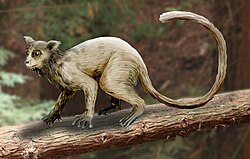
Omomyids
2:1:4:3 or 2:1:3:3 dental formula
large incisors and small canines (high cusped)
Small bodied (<500g)
Large relative orbit size (nocturnal)
Frugivorous/insectivorous
Arboreal quadruped - leaper
Oligocene
Diversification of Anthropoidea (Platyrrhini & Catarrhini)
Parapithecidae
Ancestral to all later Haplorrhines (esp. Platyrrhines)
Apidium
Example Parapithecid
Propliopithecidae
Ancestral to Catarrhines
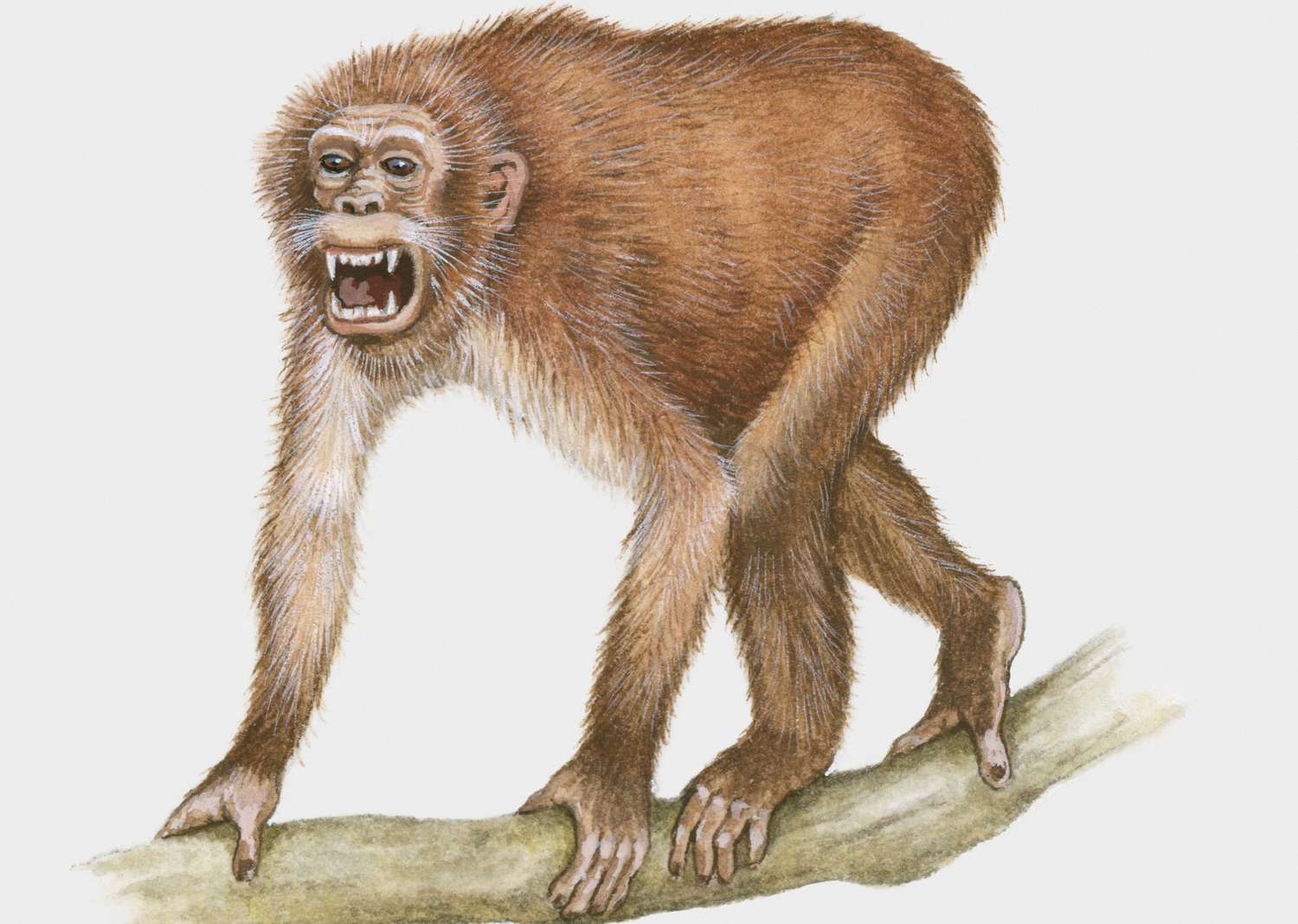
Aegyptopithecus
- Propliopithecidae: frugivore, sexually dimorphic sagittal crest, diurnal, arboreal
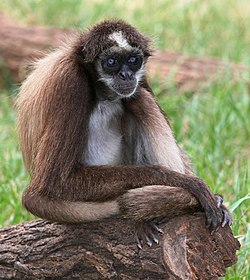
Platyrrhine
New World Monkeys (S. America)
- 2:1:3:3
-Zygomatic-Parietal contact
-No bony ear tube
- (rafting hypothesis)
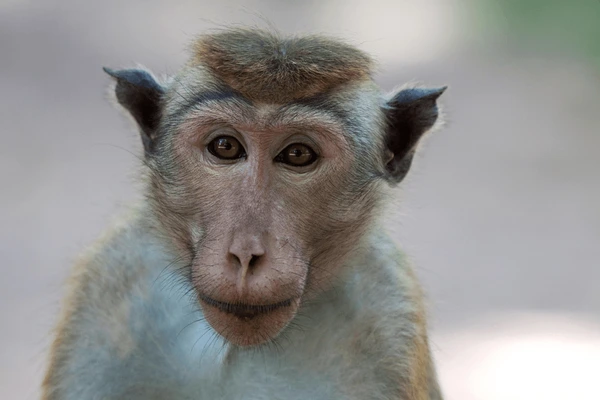
Catarrhine
Old World - Monkeys, Apes, Humans
- 2:1:2:3
-Frontal-Sphenoid Contact
-Bony Ear Tube
Cercopithecoid
-BILOPHODONT MOLARS
- Narrow nasal aperture
- Small Cranial capacity
- Laterally placed scapula
-Narrow/deep thorax
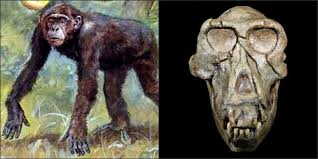
Hominoid
-Y5 MOLARS
- Broad nasal aperture
-Large cranial capacity
- Dorsally placed scapula
-Broad/shallow thorax
Miocene events
Catarrhini diversifies into cercopithecoid and hominoid
-Hominoidea diversifies
-Pongidae diversifies
Victoriapithecus
Ancestral to Cercopithecoids (Old World Monkeys)
BILOPHODONT TEETH!
Possible terrestrial quadruped
Proconsul
“Dental Ape” ancestral to all Hominoids
Sivapithecus
-thick enamel
- very orangutan-like
Gigantopithecus
-thick enamel
-fist walker
-Pongidae clade (orangutans)
Kay’s Threshold
Primates over 500g cannot be insectivorous
Y-5 Molars
Five cusps forming a Y-pattern typical of Hominoids (Apes and Humans)
Sexual Dimorphism
Physical differences between males & females
Orbit Size
Indicates activity pattern—large orbits = nocturnal
Body Size & Diet
Larger primates tend to eat fruit/leaves
Strepsirrhines vs Haplorrhines
Strepsirrhines have smaller brains
Haplorrhines vs strepsirrines
strepsirrhines have NO post-orbital closure, presence of tooth comb (almost always) and haplorrines never do
Platyrrhines vs Catarrhines
Platyrrhines (New World) have 2:1:3:3 and no ear tube
Catarrhines (Old World) have 2:1:2:3 and a bony ear tube
Cercopithecoids vs Hominoids
Cercopithecoids have bilophodont molars and tails
Hominoids have Y-5 molars and no tails
Dental Formula Tip
Start at the back and count three molars forward
DELETE ME
Know which groups are ancestral to which